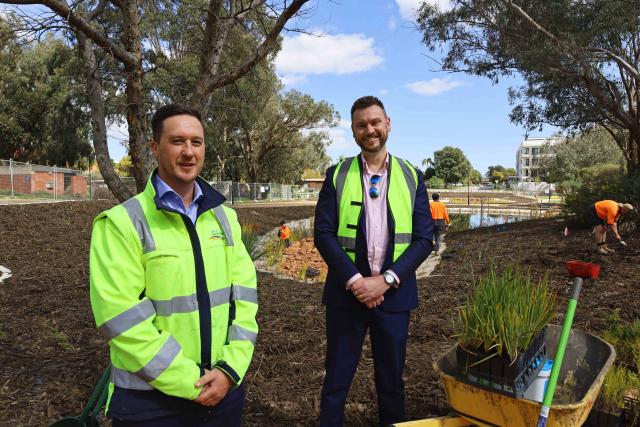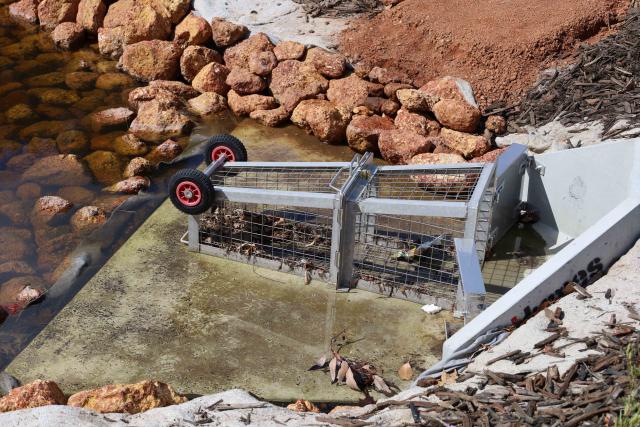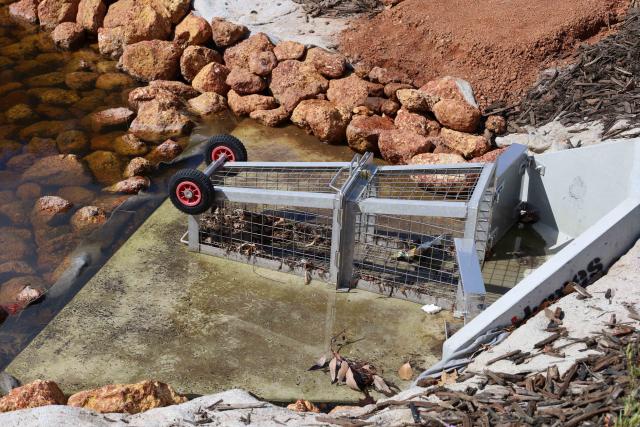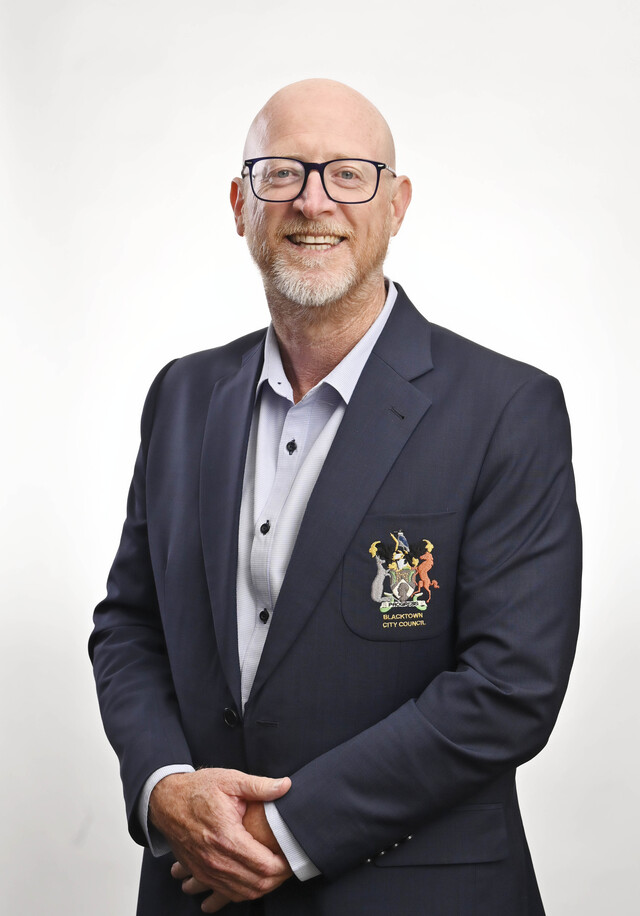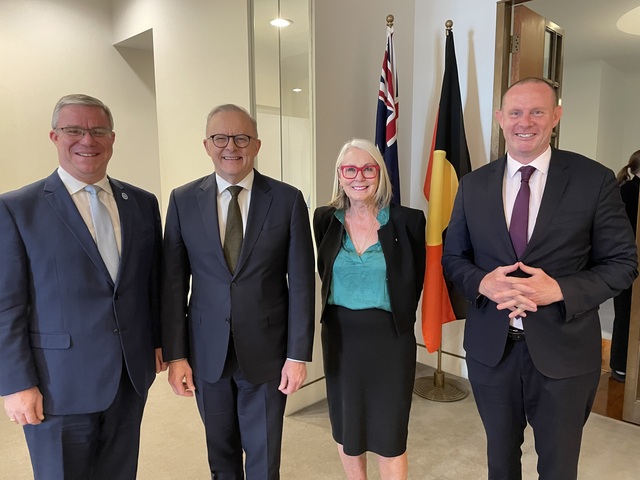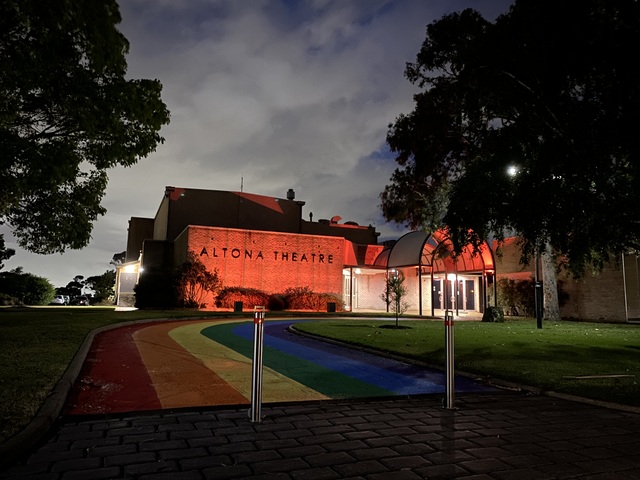Managing water quality and seasonal algal blooms at Neil McDougall Park in Como has long been a focus for the City of South Perth in Perth’s inner-city region.
For decades, the park’s lake has been affected by algal blooms between October and March, which have been exacerbated by our drying climate and reduced rainfall. The lake is also a receiving water body for stormwater and collects nutrients from the surrounding catchment area, which can promote outbreaks of blue-green algae.
The City’s Environmental, Construction and Natural Areas teams has been working closely with environmental experts and the local community to find solutions to improve the water quality at Neil McDougall Park. With financial assistance from the Federal Government, the City is introducing a range of water sensitive urban design features to help reduce the level of nutrients before they enter the lake, thereby reducing the extent of algal blooms.
Mayor Greg Milner said the restoration work at Neil McDougall Park would significantly enhance water quality, environmental health, habitat for native birdlife and improve the landscape of the surrounding areas.
“Phase one of the project off Ley Street is almost complete, with the creation of new wetland areas to filter water run-off, while the installation of circulation pumps and pollutant traps will help to improve water quality,” he said.
“Although the underlying works are significant in scope, they don’t interfere with the aesthetic appeal of this beautiful park. The new wetland areas sit naturally within the existing landscape, while delivering a range of tangible and demonstrable environmental benefits.”
The City worked with environmental services company Syrinx on many of the ‘unseen’ aspects of this project, which included a custom-designed litter trap to provide City staff with a quick and easy way to keep debris out of the new wetlands.
Phase two of the project will involve similar restoration work at the Henley Street end of the park to be completed over the coming months.
The $1.3 million project has been largely funded through the Australian Government’s Local Roads and Community Infrastructure Program.

